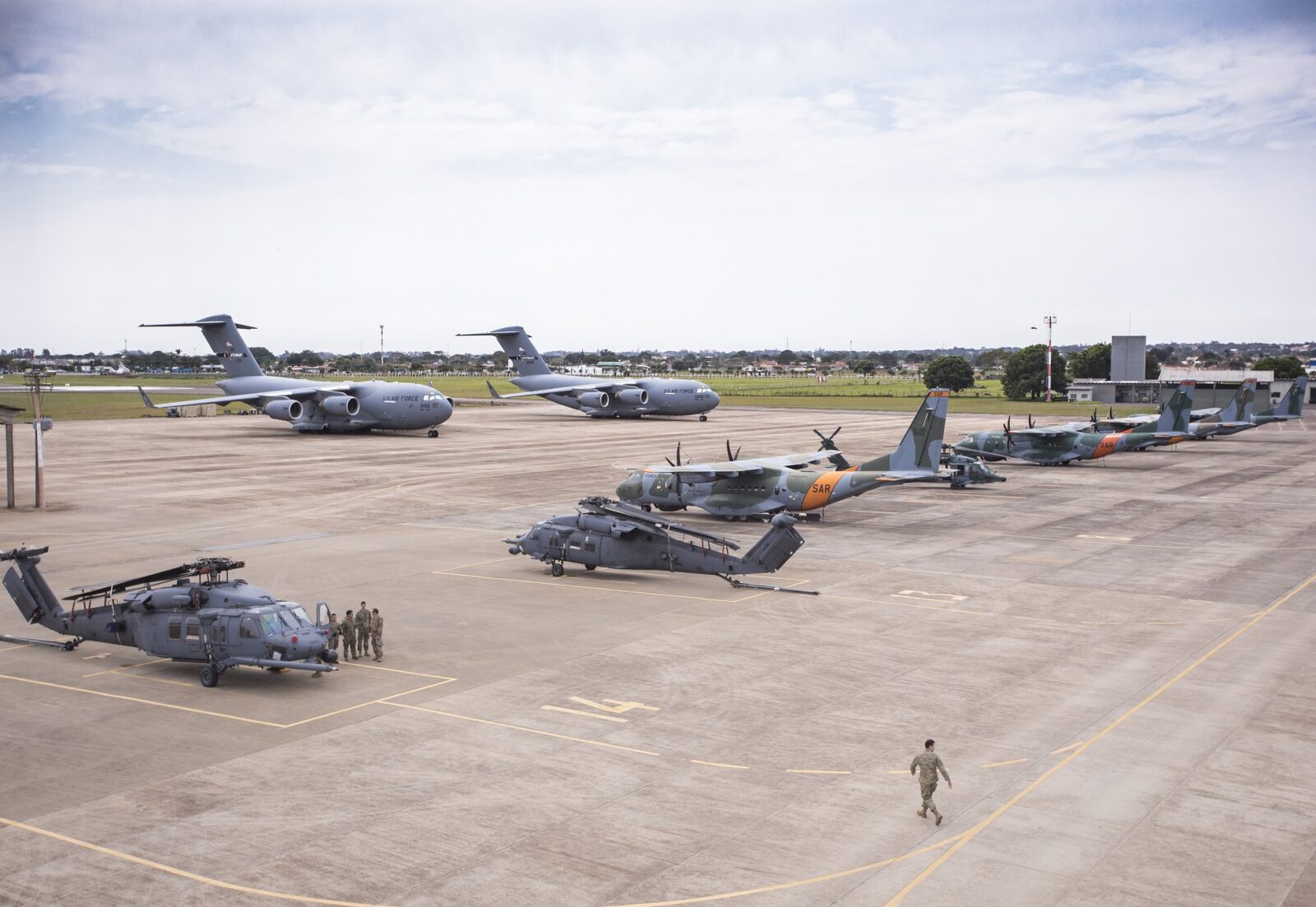Notaer’s special article in honor of Aviator’s Day and Brazilian Air Force Day – celebrated on October 23 -, which recalls the first flight of Alberto Santos-Dumont’s airplane, the 14-Bis, in 1906
Air Force Agency, by Lieutenant Marayane Ribeiro
It is not only in the movie Top Gun that the dream of “flying” can become a reality. Piloting a supersonic aircraft and defending the skies of the Brazilian territory; transporting a heart that will be transplanted and giving a new chance of life to someone who no longer has any hope; searching for and rescuing a person who has suffered an accident, who has been ill or who was adrift in a ship.
These are some of the real actions that the military of the Brazilian Air Force (FAB) perform on a daily basis in the exercise of their chosen profession. And it is to them and to the Brazilian Air Force that the date October 23 is dedicated, in allusion to the first flight of Alberto Santos-Dumont’s airplane, the 14-Bis, in 1906, in Campo de Bagatelle, France.
Training of the Airman Officer
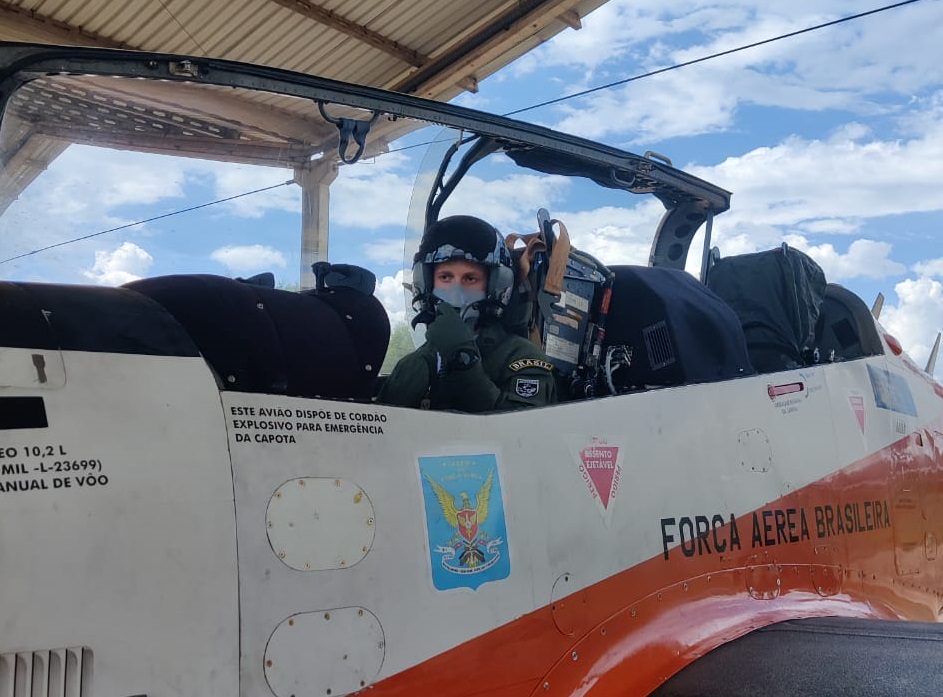
During four years of training at the Air Force Academy (AFA) these Aviators are prepared, as Cadets, for life in the barracks and for flying. At AFA, they are instructed not only to perform maneuvers in the T-25 and T-27 aircraft, but also to incorporate basic precepts such as dedication and commitment. It is with theory and practice that they are finally able to fulfill their mission.
“The Air Force is currently going through a phase of modernization, with the KC-390 Millennium and F-39 Gripen aircraft as symbols of this evolution. Thus, it is the individual effort that will enable the cadets who are graduating, with dedication and patience, to take command of these new vectors with time,” emphasizes Major Airman Gustavo Abreu Bastos, a FAB fighter pilot.
Today, with 14 years of experience in Fighter Aviation, Major Bastos remembers well how it was to fly for the first time alone at the Academy. “The indescribable feeling of the first solo flight in the T-25 aircraft was renewed every time I mastered a different aircraft. However, I couldn’t fail to mention the honorable experience of having completed an air combat mission, flying an F-5,” he recalls.
At the end of the arduous training at AFA, the military now Officer Aspirants go to the city of Natal (RN), where they receive instruction in the Operational Specialization Program (PESOP), for one year, within one of the FAB’s Aviation Services.
The choice
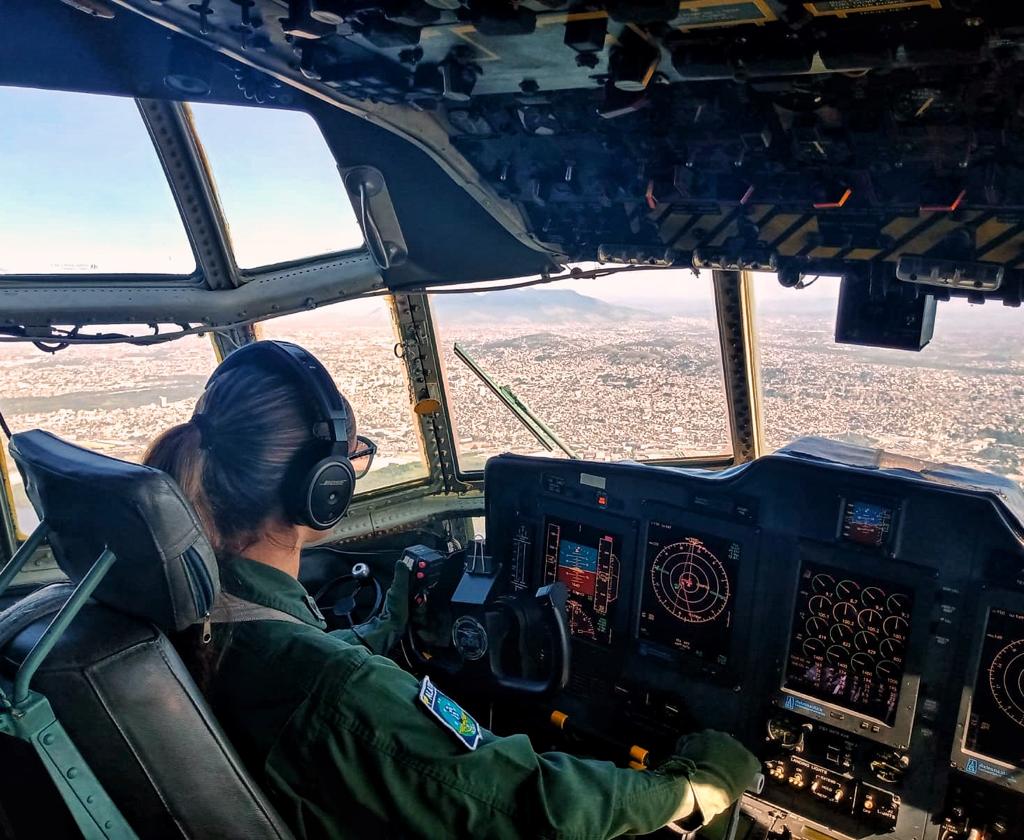
It was the sparkle in their eyes as they watched from small single-engine aircraft to large transport planes that made many young people sure that this was the career they wanted to follow. “Like all children, I dreamed of one day being able to fly. And today, as a member of the Falcon Squadron, I have the possibility to help save lives as well. I remember very well a mission in which we rescued a fisherman who had suffered a stroke and was 150 miles away from Macapá (AM). It was unforgettable!”, remembers Major Leir Gomes de Oliveira, FAB Search and Rescue pilot.
For Lieutenant Aviator Jeciane Ribeiro de Lima Victório, from the Transport Aviation, it was the challenges imposed by the career that made her choose FAB. “When I became interested in the military, I started researching among the military schools of the Armed Forces those that accepted women. I then found out about AFA, which had a vacancy for the Air Force Air Officer cadre, and I thought that this career would be challenging and dynamic,” she says.
Among the remarkable missions in her career, the young servicewoman highlights one from last year. “I took the AFA cadets to do Jungle Survival Instruction at Brigadeiro Veloso Proving Ground (Cachimbo). When I was a Cadet and was going to do the same instruction, I went aboard a C-130 Hercules from the Gordo Squadron. At the time, I couldn’t imagine that, seven years later, I would be part of that moment with the Cadets and would be flying the C-130 Hercules as an Officer,” he recalls.
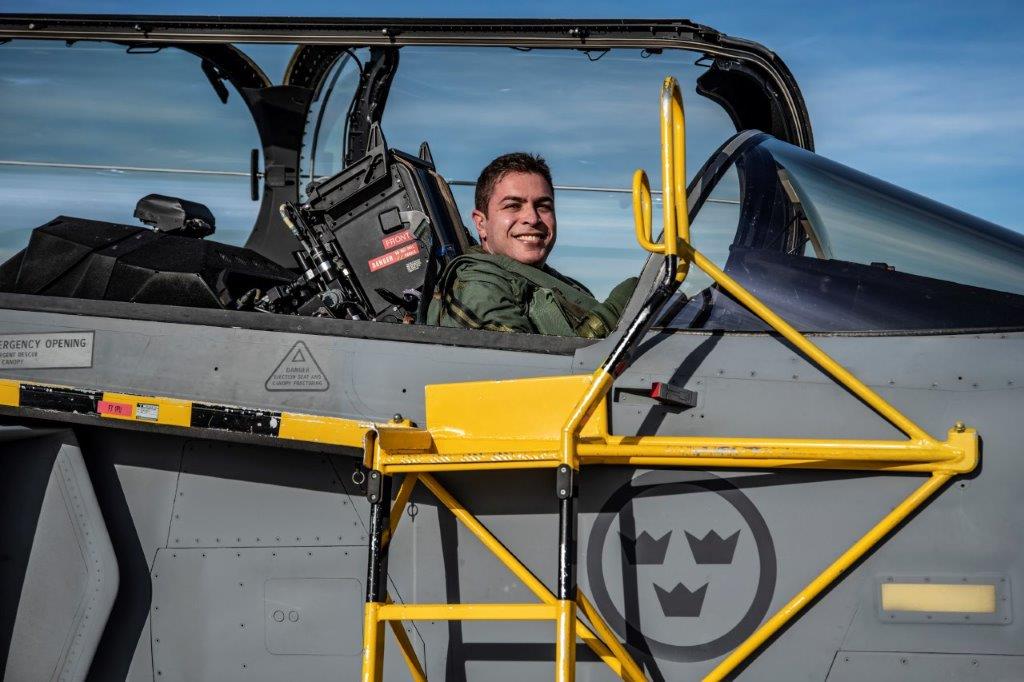
Challenges
It is this expectation of being able to contribute to the country that motivates Cadets Estevão Verburg Ribas, 4th year, and Maria Fernanda Figueiredo de Castro, 2nd year, to remain firm and strong in the mission of becoming FAB pilots. “I hope to be able to contribute to the FAB and to the Brazilian population by being a pilot, helping in the most varied missions that are carried out,” says Cadet Ribas. “I intend to graduate and pursue a career in the aviation to which I am selected, progressing operationally and dedicating myself to do the best for my country,” complements Cadet Figueiredo.
Even more operational aviation
Even more operational aircraft
More robust transport

The first Airbus A330-200 to be converted into a tanker under the FAB KC-30 Program was incorporated to the Corsair Squadron on July 27, 2022. Its integration into Transport Aviation represents an operational leap in the area, since, with the new acquisition, FAB increases its capacity in strategic actions, such as in-flight refueling, logistical support, humanitarian actions and aeromedical evacuation, whether national or international. Two aircraft were acquired in a bidding process, won by the company Azul Linhas Aéreas and will operate with the registration numbers FAB 2901 and FAB 2902. The two new aircraft, each 59 meters long, will be the largest ever operated by the Force.
Fleet Renovation
The Air Force Command signed a contract with Airbus Helicopters to modernize its fleet. The agreement signed, on September 15, by the President of the Coordinating Committee of the Combat Aircraft Program (COPAC), Air Brigadier Antonio Luiz Godoy Soares Mioni Rodrigues, and by the Vice-President of Airbus Helicopters Latin America, Alberto Robles, will allow the acquisition of 12 H-125 aircraft to replace the H-50 Esquilo, of the Rotor Wing Aviation. The same contract also provides for the acquisition of 15 aircraft of this model by the Brazilian Navy (MB).
Two more F-39 Gripen aircraft arrive in Brazil
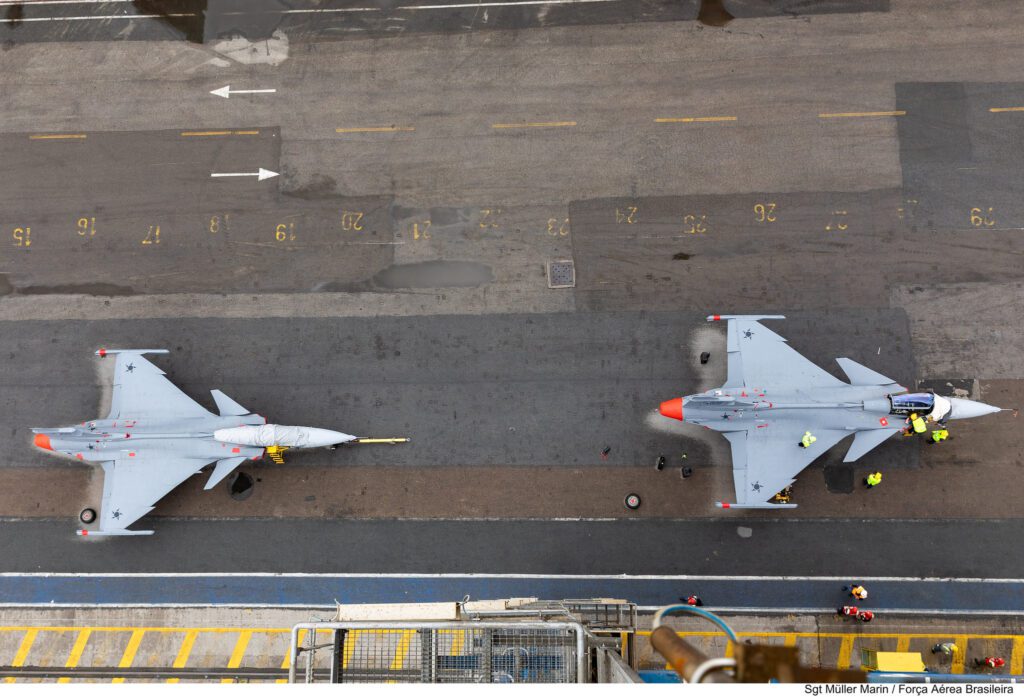
On September 25, two more F-39 Gripen aircraft landed in Brazil. They join two other series-production fighters already received in April. FAB 4103 and FAB 4104 arrived in the port of Navegantes (SC) on a ship from Sweden. During the early morning of September 26, they were taken to the city’s airport in an operation that involved dozens of FAB military personnel, as well as other local agencies and entities.
The aircraft underwent a series of procedures necessary to take off towards the Gripen Flight and Test Centre (GFTC) at Embraer’s Gavião Peixoto (SP) plant. The work included installation of the ejection seat and survival kit, fueling and preparation for ground start.
At Gavião Peixoto, test pilots from FAB, Embraer and Saab carry out flight tests until the aircraft are ready to receive the military certificate. The document is a kind of initial operating license. Once this phase is completed, the fighters will be transferred to Anápolis Air Base, where they undergo the final stages of delivery and start of operation by the First Air Defense Group (1st GDA).
Photos: Sgt. Felipe Viegas and Müller Marin / CECOMSAER and Personal File *** Translated by the DEFCONPress team ***
